Flag Coat of arms Political structure Colony Date dissolved 1658 | Religion Roman Catholicism | |
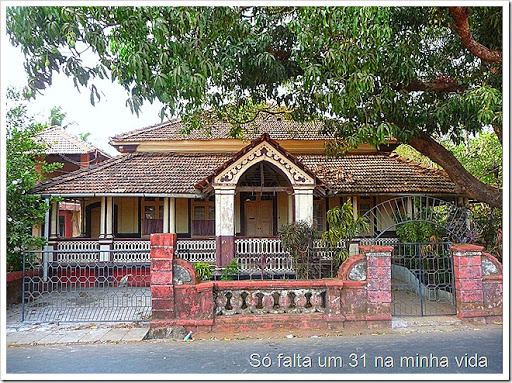 | ||
Languages PortugueseSinhaleseTamil | ||
Portuguese ceylon
Portuguese Ceylon (Portuguese: Ceilão Português, Sinhala: පෘතුගීසි ලංකාව Potugisi Lankava) refers to the control of the Kingdom of Kotte by the Portuguese Empire, in present-day Sri Lanka, after the country's Crisis of the Sixteenth Century and into the Kandyan period.
Contents
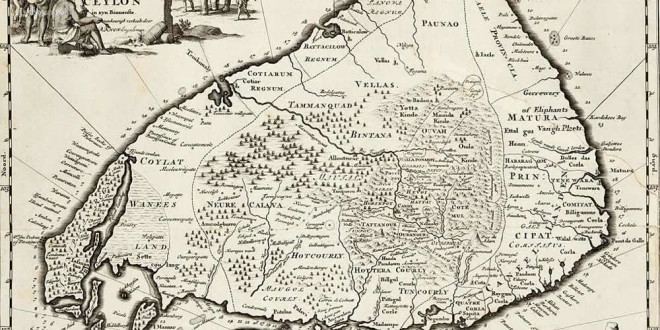
Portuguese presence in the island lasted from 1505 to 1658. Their arrival was largely accidental, seeking control of commerce over territorial conquest. Their appearance coincided with the political upheaval of the Wijayaba Kollaya and were drawn into the internal politics of the island as they sought to establish control over the lucrative Cinnamon trade that originated there. The Portuguese used these internal divisions to their advantage during the Sinhalese–Portuguese War. Direct Portuguese rule inside the island did not begin until after the death of Dharmapala of Kotte, who died without an heir and who by 1580 bequeathed the Kingdom of Kotte to the Portuguese monarch. This allowed the Portuguese sufficient claim to the Kingdom of Kotte upon Dharmapala's death in 1597. Portuguese rule began with much resistance by the local population.
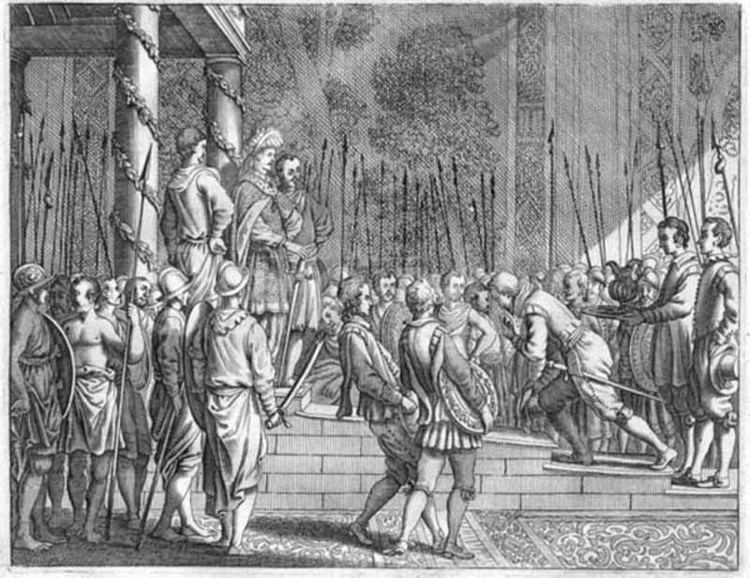
Eventually, the Kingdom of Kandy sought help from the Dutch Empire in their efforts to rid the island of the Portuguese. The Dutch Empire initially entered into agreement with the Kingdom of Kandy. After the collapse of the Iberian economy in 1627, the Dutch–Portuguese War saw the Dutch conquest of most of Portugal's Asian colonies. Eventually, Portugal's Ceylonese territories were ceded to the Netherlands. Nevertheless, there remain elements of Portuguese culture in Sri Lanka today from this colonial period.
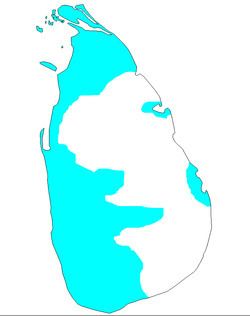
Portuguese ceylon
History
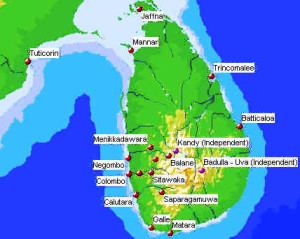
First contact between Sri Lanka and the Portuguese happened in 1505-6. It was largely accidental and it wasn't until 12 years later that the Portuguese sought to establish a fortified trading settlement.
Portuguese rule
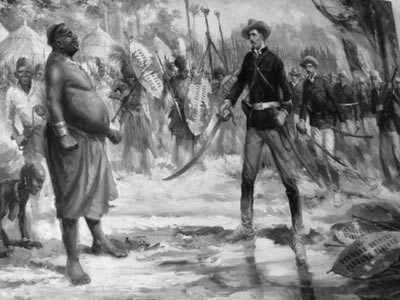
Direct Portuguese rule began after the death of Dharmapala of Kotte who bequeathed the Kingdom of Kotte to the Portuguese monarch. By 1600 the Portuguese had consolidated the main centers of rebellion, the Kelani and Kalu ganga basins, leaving the border regions left to Sinhalese resistance.
In the two decades after the establishment of Portuguese rule there were four major revolts:
